How to Keep Your Lawn Green and Healthy
Keeping your lawn green and healthy is not as simple task as people believe. Sure, it takes a lot of effort but even more than that, it takes a lot of knowledge. Understanding how and when to mow, what kind of fertilizer to use and how to irrigate the lawn are crucial aspects of keeping it lush and beautiful. With that in mind and without further ado, here’s how to keep your lawn green and healthy.
1. Cut it at an appropriate height
Mowing your lawn is not a simple thing. It’s not just about cutting the grass. It’s about doing it on a regular basis and cutting it at the appropriate length. Cutting grass too short is a trend that will make your lawn struggle to stay alive. The general rule is that each cut should only remove approximately one-third of the blade’s length.
The concept of cutting grass too short is commonly referred to as scalping the lawn. One of the simplest ways to handle this is to adjust mower height every time you cut grass. This is a process that doesn’t take that long and an approximate estimate of the height is more than sufficient. A part of an inch is not likely to cause irreparable damage.
The next thing worth mentioning is the importance of keeping your mower blades sharp. The key thing is that the mower actually cuts the grass, seeing as how this way it does the least amount of damage to each individual blade and the lawn as a whole. It is also important for precision.
Cutting grass at the exact height is nearly impossible if the grass is getting mashed with each turn and spin of the blade. In other words, having your lawn maintenance tools in proper working order is paramount.
To sum it up, keep your mower sharpened and adjust it to the appropriate length before each mowing session.
2. Shading the grass
The pace at which the blade of grass grows depends on its access to sunlight from which it gets its energy. The thing to understand is that, with plants, the green part is responsible for the harvesting of solar energy and production of food (which helps it grow or regrow). With grass, the entirety of the blade performs such a function. This means that the more you cut, the less food your grass can produce.
Now, some may see this as slowing down the pace at which the grass grows and, therefore, making their maintenance easier. The problem is that this is not how these things work. The growth is exponential. Once you cut too much, the plant gets itself in extreme survival mode, which makes it grow faster so that it can sustain itself. This is the downside of the so-called close mowing. Also, there’s a risk that you will kill the grass by cutting too much.
Cutting grass too often will cause it to grow faster and cutting too frequently and too much might kill the lawn. Being more vigilant is not always a positive thing.
-
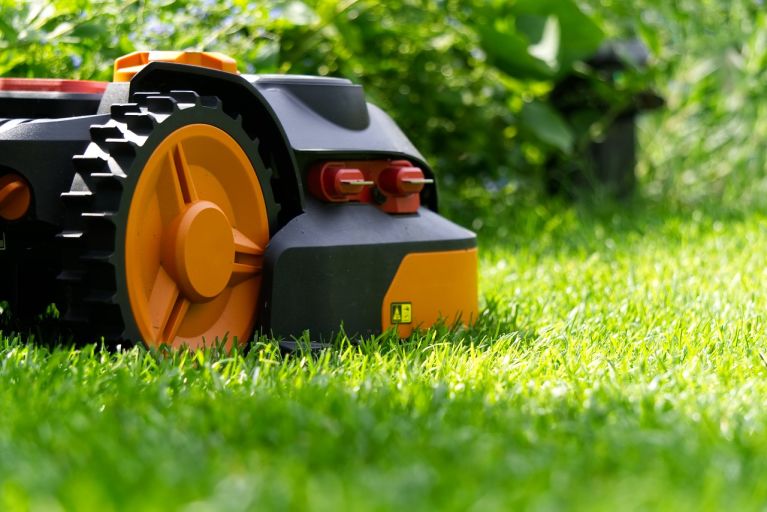
3. The timing of the mowing
The next thing you need to bear in mind is the proper timing of the mowing. First of all, the safest time to mow the lawn is when it is completely dry. By cutting grass, you’re inflicting an open wound to every single blade. This would be infested by a fungus that is usually transmitted by water.
The most important thing to focus on here is the timing of the mowing itself. You’re avoiding rain but dew and fog can be just as dangerous. So, consider the weather forecast and schedule your mowing session later in the day.
There’s actually one more great reason why mowing later in the day is such a good idea. Generally speaking, you should mow in shade. During the day and while exposed to direct sunlight, the grass is already pushed to its limits and overworked.
Cutting it during this period may be enough to push it over the edge and significantly hamper its regrowth process. It will lose more water and dehydrate, which will cause additional problems. Time your mowing sessions properly in order to avoid hurting your grass in the process. Adequate scheduling makes all the difference.
4. Tips for watering the lawn
Watering your lawn is a thing of proper scheduling and planning. Why? Well, because you’re supposed to water early in the morning in order to maximize the effect. Ideally, you would water the lawn between 4 am and 10 am every day. In the mid-day, you will have a problem with direct sunshine and the higher temperature of the soil.
This will make a huge portion of water simply evaporate. In other words, your watering will be less effective and you will end up wasting more water. From an eco-friendly standpoint, the latter is an even bigger catastrophe.
Another thing worth mentioning is the use of a proper watering system. Sprinklers are quite popular when it comes to this task, mostly because they’re simple to use and can distribute water evenly. As far as their effectiveness is concerned… well, watering systems that stay closer to the ground and have lower trajectories are far more effective.
For those who aren’t afraid of some additional work in order to get the most out of the irrigation, getting a hose and a hose reel is probably the safest choice. Nowadays, it’s relatively easy to find the best hose reels for your gardening efforts.
Knowing how and when to water your lawn is essential for its growth, development and overall aesthetics. It is something that you simply have to abide by.
-
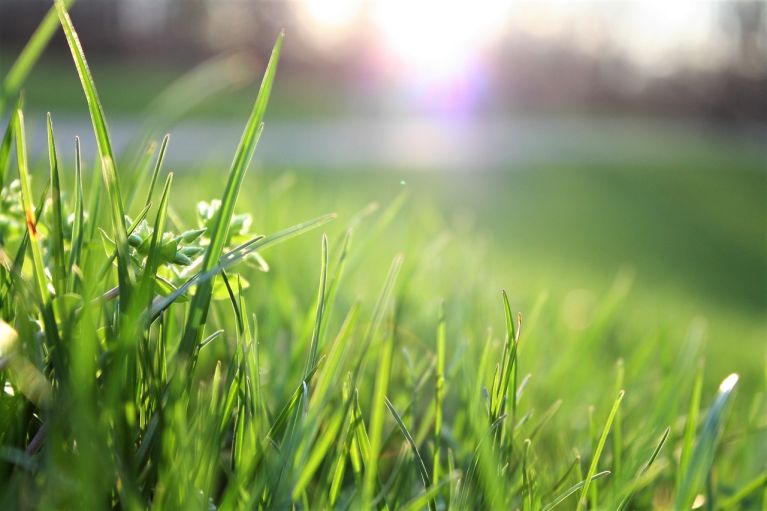
5. Pick the right strain
Picking the right strain of lawn grass is quintessential to the overall quality and visuals of your lawn as a whole. First, you need to take into consideration the climate. Cold season grasses and warm-season grasses are a thing but there’s also the so-called transition zone where some of the cross-over stains should be planted.
Other than this, you need to consider the layout of your yard. The thing is that if the lawn is mostly in shade due to tree crowns, you need to pick a strain that thrives in shade. Otherwise, you might have some problems keeping up.
As far as the exact type of grass goes. For instance, in the north Kentucky Bluegrass, perennial Ryegrass and Fine Fescue are the safest choices. In the transition zone, Zoysia and Bermuda grass are by far the most popular. In the south, however, you cannot go wrong with centipede grass. The key thing is that with the right strain, you’ll have a much easier job at getting the most luscious lawn imaginable. The more accustomed the strain is to the local climate, the less maintenance you’ll have to perform for it to unleash its full potential.
Picking the right strain is pivotal for the survival of your lawn and its ability to thrive. In order to pick the right strain, you need to know your climate and your property.
6. Lawn aeration
Now, we come to lawn health tips that a lot of people are unfamiliar with. The first one of these tips is lawn aeration. In order to live, your grass needs sun, water, soil and air. In order to enrich the amount of oxygen in the soil, you might want to aerate it. By punching holes in the lawn that is around 3 inches deep, you will drastically enhance the richness of the soil in question.
First, you will make the area better for air circulation. Second, these holes will allow water and nutrients to penetrate the soil more efficiently. It’s a lot of work on a regular basis but it’s more than worth it.
The benefits of lawn aeration go even beyond this. For instance, by aerating the lawn, you can free top dressing. Moreover, you’re also making the lawn more resilient to insects. Aside from this, aerating the lawn may also make it more resistant to weeds.
If you’re planning to fertilize the lawn (which you should), this will improve the fertilizer uptake. One last thing worth mentioning is the fact that the right time for aeration is at the peak of growth. Learn a thing or two about lawn aeration and get yourself all the necessary equipment. This way, you will help your lawn and soil reach their full potential.
7. Fertilizing the lawn
The first thing that a lot of people are oblivious of is the proper methodology of fertilizing the lawn. You see, before applying fertilizer water, you need to water the lawn thoroughly and wait for the water to dry off. Then, you need to fertilize and lightly water the lawn once again.
This is what will wash the fertilizer off the grass, where it doesn’t do much and into the soil, where it’s quintessential. The second watering is just as important as the first (if not even more important). While applying for fertilizer benefits your lawn, either way, this is how you get the most out of the process.
The choice of the right fertilizer is also quite significant. First, you need to pick the type of fertilizer between synthetic and organic. In terms of smell, it’s generally the best idea to opt for a synthetic. Second, you need to do your research on the fertilizers and learn how to tell the meaning of the number printed on the label.
These numbers are the percentage of nitrogen, phosphate and potassium, which are the three key nutrients for feeding the lawn. Depending on the type of soil that you have on your property, you should pick the fertilizer with a suitable combination.
Choosing the right soil fertilizer and understanding how to distribute it efficiently can make your lawn lush and rich beyond comparison.
In conclusion
One of the most important things for the overall value of your property is the visual beauty of its exterior. This is where a lawn can make a huge difference. Lawns, even beautiful and well-maintained ones, are relatively inexpensive, yet, the resale value that they bring to the place can be immeasurable. Even aside from this, the visual beauty of a home as a whole is affected by the rest of the property. Here, a lawn is a dominant feature. With the above-listed seven tips, you have all you need to make it so.
























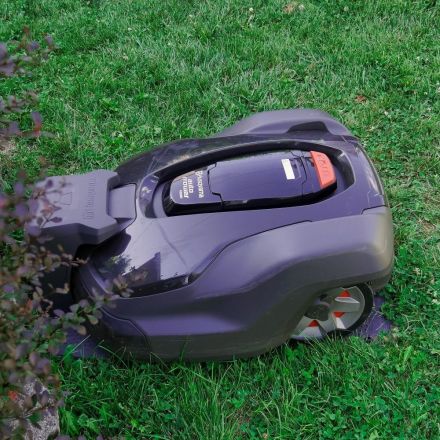


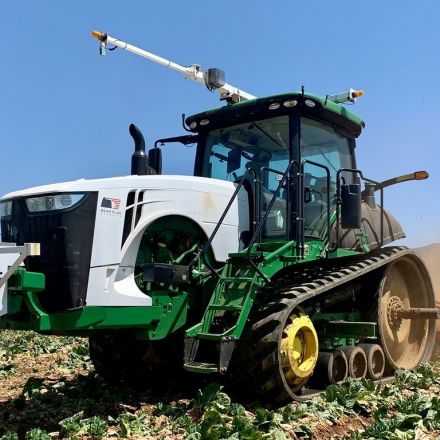
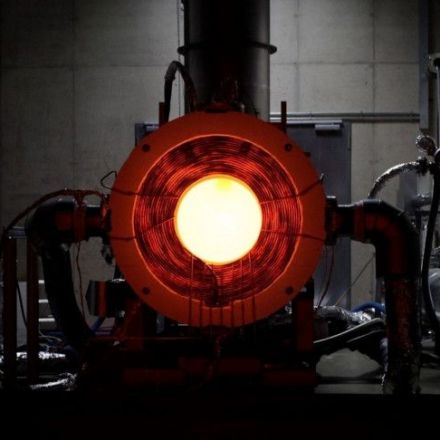
Join the Discussion